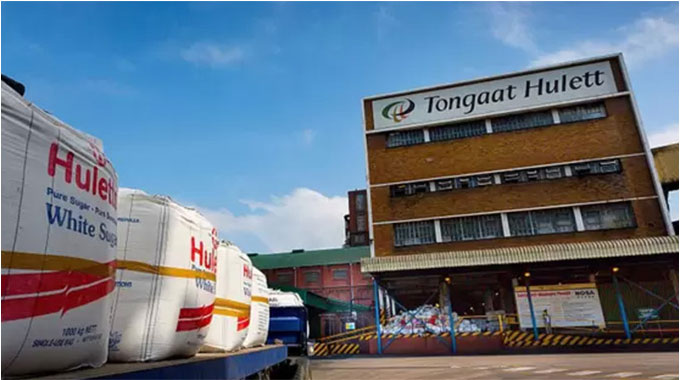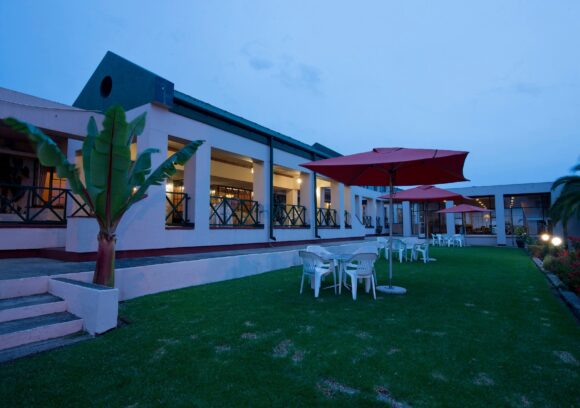‘High inflation handicapping companies’
The Confederation of Zimbabwe Industries (CZI) says Zimbabwean companies are handicapped with a high inflation environment compared to their regional counterparts, as they have to forward price at higher levels that factor in replacement costs.
Annual inflation increased from 191,6 percent in June 2022 to 256,9 percent as of July 2022, gaining 65,4 percentage points, underlining that inflation remains a challenge in Zimbabwe.
CZI Industrial and Economic Research in its July inflation and currency developments update said that among SADC countries Zimbabwe is the only country in triple digit year on year inflation for June 2022.
“If we add up inflation figures of the countries surrounding Zimbabwe, the sum of the inflation figures will still be lower than Zimbabwe’s annual inflation of 191 percent. This illustrates how the country is in dire need of inflation stabilisation,” the industry representative body said.
It added that this makes prices generally higher than their competitors in the region and the opening of borders of selected basic goods through SI 98 of 2022 will do more harm than good to Zimbabwean business if inflation continues on this trajectory.
The industry lobby group has often called upon authorities to address fundamental issues raised by industry to tame inflationary pressures.
However, authorities have put in place a combination of various measures in a bid to curb runaway inflation, which was being experienced in Zimbabwe over the past few months.
CZI said for the first time in four months, month on month inflation has slowed down and the disinflation experienced in July 2022 is a positive sign and if it is to be maintained, money supply growth must be kept in check.
“With the tight monetary regime that is currently underway, it is expected that the inflation might continue to show signs of slowing down in August 2022.
“However, sustainability of the measures will be difficult, especially given that even genuine business transactions are also being choked up by the measures. Thus, authorities have to let go at some time, hence inflation will remain a key challenge during 2022,” the lobby group said.
CZI noted that the increase in annual inflation underlines that inflation remains a challenge in Zimbabwe and the ability of the measures contained in the Mid-Term Monetary Policy to reverse this trend will be key.
“The July inflation did not capture the effects of the recent monetary policy measures, especially the introduction of gold coins, which mopped up ZWL$ from the economy until it became scarce.
“The mopping up of the ZWL$ by the introduction of the gold coins has also seen the parallel market rates decreasing in early August 2020.
“The decrease in parallel market exchange rates following the introduction of the gold coins also confirms the general position that the growth in money supply has always been the primary reason for the runaway parallel market exchange rate.
“However, the general tight monetary policy conditions have also seen demand in general falling, which has the potential to slow down economic growth.,” CZI said.
It added that this also makes the manner in which monetary policy will be managed going forward critical as a tool to maintain exchange rate stability while also stimulating economic growth.
CZI indicated that the general policy thrust, which was also reflected in the 2022 Midterm budget review, is that the growth in broad money is driven by increases in lending, including both to the private sector and government.
Interest rates were increased to 200 percent in a bid to curb speculative borrowing in the economy.
“However, while lending is indeed one of the main drivers of growth, it is also the lifeblood of industrial development. The interest rate of 200 percent is already having negative effects on industry, as they are struggling to profitably borrow.
“This also underlines the difficulties that policy makers have in trying to strike a balance between the need to control money supply without curtailing growth,” CZI said in the update.
On other hand, CZI noted that high inflation drives most of the citizens into poverty with savings and purchasing power of salaries are eroded, resulting in unending salary and wage negotiations.
In the month of July 2022 food inflation increased to 29.1 percent compared to June 2022 and on a year on-year basis food inflation increased to 309 percent in July 2022 compared to July 2021.
“Thus, for workers to preserve their purchasing power, salaries must also have increased by 309 percent on a year-on-year basis to match inflation. This is a tall order as most companies will not be able to have increased their sales and revenues by proportions that allow them to do so.
“The decline in purchasing power thus affects aggregate demand which will result in depressed economic growth.”
According to statistics, the ZIMSTAT food poverty line (FPL) as at July 2022 stood at $17,909.32, meaning that for a person not to be deemed food poor he/she must at least spend that much on food in July 2022.-ebusinessweekly










